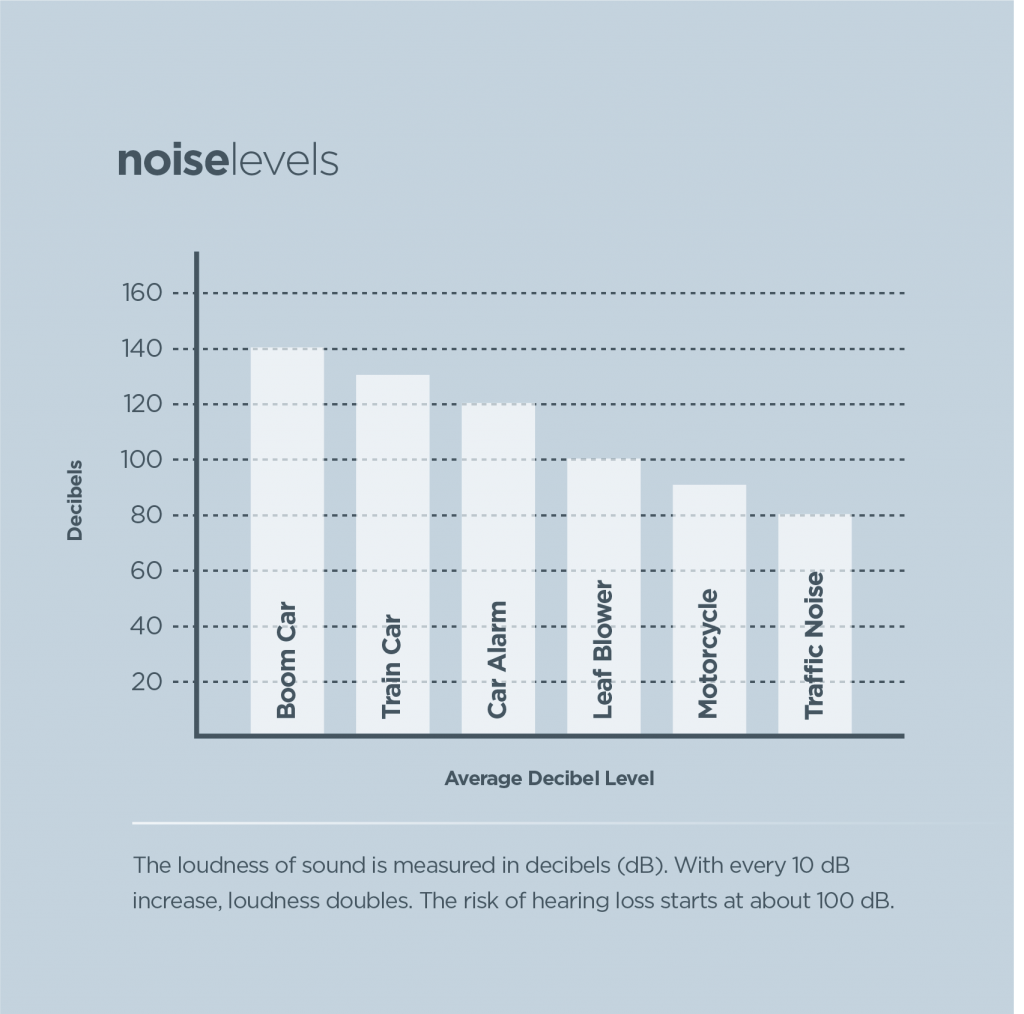When it concerns push cleaning, the strategy you pick can make all the difference in attaining a clean, streak-free surface. You could discover that hard surfaces, like concrete, require a different strategy than softer materials, such as timber or vinyl. It's important to adjust your techniques to the surface area kind to stop damages while making best use of cleaning performance. So, what are the very best techniques for each surface area, and exactly how can you guarantee you're using the appropriate settings and tools for the work? Allow's discover what you require to recognize to obtain the most effective outcomes.
Tough Surfaces
When it comes to pressure cleaning tough surfaces, prep work is key. Before you even think of taking out the pressure washing machine, make the effort to get rid of the location of any type of particles, furniture, or barriers. You don't want anything entering your means or potentially harmful your tools.
Next off, examine the surface for any splits or damage; this will assist you identify the right method and stress settings.
Once you have actually prepared the location, it's important to select the ideal nozzle. For solar panel cleaning charleston like concrete or block, a narrow nozzle (15 or 25 levels) functions best to supply a focused stream of water that can effectively remove grime and discolorations. Constantly start at a distance and slowly move more detailed to prevent any type of surface damages.
As you begin washing, keep the stick moving to protect against touches and over-saturation. It's additionally handy to function from the top down, allowing dust and debris to remove normally.
Finally, bear in mind to wash the surface area completely after cleansing to remove any kind of leftover cleaning agent. With these techniques, you'll attain a tidy and renewed look on all your tough surfaces.
Soft Surfaces
Pressure cleaning soft surfaces calls for a gentler strategy to protect them from damage. Whether you're cleansing your deck, patio area furnishings, or house siding, utilizing way too much stress can bring about dents, scrapes, or even irreparable damage.
Begin by choosing a low-pressure nozzle, ideally a 25-degree or wider spray pattern, to spread the water more carefully.
Before you start, it's important to pre-treat any stains with an appropriate cleaning solution. This step permits the cleaner to permeate the dust and crud, making it less complicated to get rid of without scrubbing too hard.
Constantly apply the option from all-time low approximately stop spotting.
When you start stress washing, preserve a distance of at the very least 12 to 18 inches from the surface. Relocate your stick in a sweeping activity, maintaining it alongside the surface to stay clear of focused stress on one place.
Wash the area thoroughly after cleaning up to remove any type of recurring cleanser.
Lastly, evaluate the surface for any missed spots and duplicate the process if needed. By complying with these steps, you can efficiently clean soft surfaces while protecting their honesty and look.
Specialty Surfaces
Cleansing soft surfaces calls for care, but specialty surfaces demand even more interest to detail. When solar installers in charleston tackle these surfaces, like fragile timber, stained concrete, or specific kinds of home siding, making use of the ideal stress cleaning techniques is important to stay clear of damage.
Initially, examine the product. For instance, treated wood can usually hold up against moderate pressure, but softer woods like cedar might require a lower setting. Constantly start with the most affordable stress and progressively raise if necessary.
For tarnished concrete, use a fan spray nozzle and preserve a constant distance to stop engraving the surface.
When dealing with surfaces like plastic siding or painted surface areas, a broad spray pattern helps disperse the pressure evenly, shielding the finish.
It's also wise to utilize detergents specifically created for specialty surfaces. They can improve cleaning without jeopardizing the product.
Wash thoroughly after washing to eliminate any type of deposit, as it can result in discoloration or damage with time.
Final thought
In conclusion, understanding stress cleaning methods for different surface areas can make all the distinction in your cleaning outcomes. For hard surfaces, adhere to narrow nozzles and a top-to-bottom method, while soft surfaces require a gentler touch with larger nozzles. Do not fail to remember to pre-treat discolorations and rinse completely to stay clear of deposit. By adjusting your techniques to every product, you'll not only attain a cleaner finish but likewise secure the stability of your surfaces. Satisfied cleansing!
